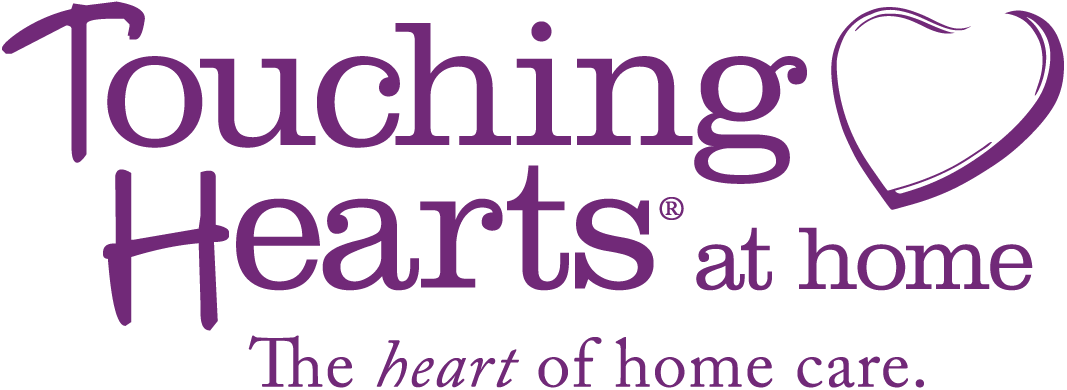Overseeing and maintaining compliance is a complex and time-consuming responsibility for home health agency administrators. A home […]
The COVID-19 pandemic has shone a spotlight on the field of home care, as caregivers classified as essential healthcare workers continue to support the most vulnerable Americans on the front lines of the pandemic. While the COVID-19 pandemic has exacerbated existing challenges within the home care industry related to caregiver recruitment and retention, the pandemic has also highlighted the value of home care and offered agencies and caregivers an unprecedented platform.

To better understand how home care agencies can respond to the COVID-19 pandemic, CareAcademy CEO Helen Adeosun posed key questions to experts, Brian Petranick, President/CEO at Right At Home, and Jisella Dolan, Chief Global Advocacy Officer at Home Instead.
Learn how Petranick and Dolan suggest home care agencies respond to pressing challenges of caregiver recruitment and retention, as well as how home care agencies can elevate and expand their role in ending social isolation.
Challenge: Caregiver Recruitment and Retention During COVID-19

Brian Petranick, Right At Home:
We have to first consider the unprecedented national consciousness about what we do in home care that the pandemic has created. When looking at demand for home care services today and over the coming decade we must consider that this also will need to be a national discussion about our need to recruit new caregivers to the field of home care.
In terms of incentivizing caregivers within our current moment, we did not take a position as an organization that you should incentivize people to work during the COVID-19 pandemic through pay. We chose to make sure that we have a workforce that is supported and has the training that they need to feel prepared going into work every day, knowing that their organization has their back. We have ultimately left it up to our local markets to decide if they feel it is necessary to offer additional financial incentives during the pandemic, but our priority at the organization level continues to be best-in-class preparedness, safety, and training to retain our caregivers.
 Jisella Dolan, Home Instead:
Jisella Dolan, Home Instead:
There are two pieces to this problem. The first of which is the need to attract a new workforce generally, and there are a number of strategies we can employ to do so. Like Brian suggested, there is a spotlight on the home care industry now that allows people to see the value and importance of keeping people safe at home. We know that compensation is a real issue for caregivers, which needs to be addressed to build the kind of workforce necessary to meet the demand we’ll experience over the coming years.
And then secondly, when thinking about incentivizing a workforce specifically during COVID, we know some franchises and agencies opted to offer incentive pay for those shifts. While this is one option, overall the industry should also make sure that we are empowering our workforce so they feel safe while doing their jobs, by ensuring caregivers have the proper PPE, and offering proper, ongoing training so that home care workers know how to interact with patients in a way that they are not going to be exposed so that they can feel confident going into homes.
With the national spotlight on home care opportunities to raise the profile of the industry and scale your agency’s business has never been greater. Among many other opportunities, home care agencies today can highlight the impacts of social isolation on consumers, and position home care as an antidote to an epidemic of loneliness.
Opportunity: Elevating and Expanding the Role of Home Care Agencies in Ending Social Isolation
We’ve talked about how the social isolation that we are all experiencing during COVID mirrors the social many seniors were feeling prior to the pandemic. How can home care play a role in ending social isolation?
Jisella Dolan, Home Instead:
The real magic of what we do in home care is build real connections, and we know those connections, whether virtual or in-person, are what make people feel less isolated. Home care services address and positively impact social isolation by balancing high-tech and high-touch interventions. Home care workers can act as a coach for seniors bridging new connections through previously unfamiliar technology to help address social isolation in our senior population.
In the near term home care leaders have a great opportunity to connect people with the right technology to address isolation, knowing how much we can do in terms of social connection, monitoring, and care virtually. We just need to get both our workforce and those receiving services comfortable with it.
Brian Petranick, Right At Home:
There are a few pieces to this. There's the business half, where at the agency level our models of in-home care inherently decrease social isolation for clients, given that we live in a largely displaced society where children don't necessarily live near aging parents. There is also a lot of room to grow in what we can do within the constructs of our existing business model to use technology to improve the experience of current clients in terms of social connection.
There’s also a public health aspect to this conversation: We know research on the Meals on Wheels program showed that the most impactful part of that program was the regular social connection made for people when receiving a meal delivery. We in home care can also advocate on the policy level to ensure that those without resources out of pocket are able to access the benefits of home care, including its value for addressing social isolation.
Helen Adeosun, CareAcademy:
Ultimately, we have to explore opportunities for home care agencies to be the repository of what other tools exist in the community to address social isolation. Home care agency leaders should imagine their agencies as a tool belt that is part of a whole toolkit that surrounds their older adult clients. It’s so important for home care agencies to be thinking beyond our own four walls to engage with other organizations and think about the other resources that we can pull together in order to provide wraparound services stemming from home care. By doing so, we’ll improve outcomes for patients, and allow home care to become a larger part of healthcare and the national discourse on health.
Positioning Your Home Care Agency for Success
Want to hear more from Brian, Jisella and Helen on how to position your home care agency for success in today’s environment? Listen in on their full conversation in our View from the C-Suite series.






